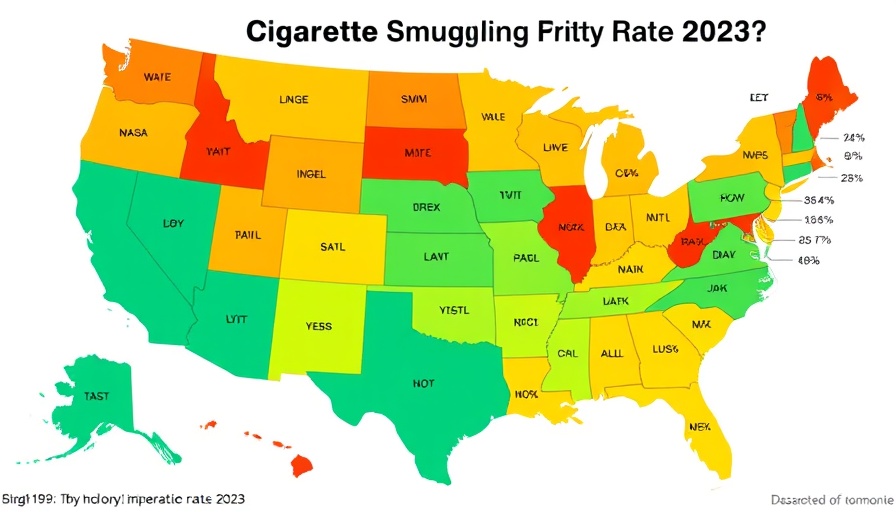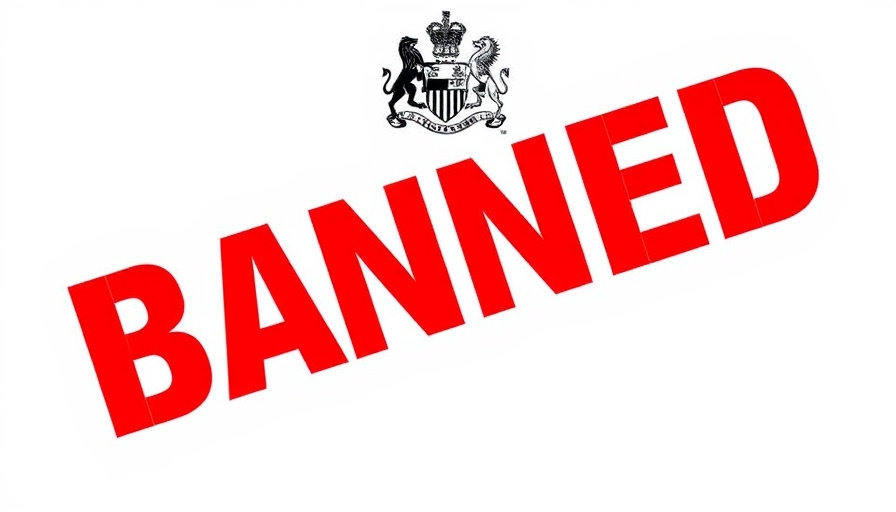
Exploring the Declining Reliability of Tobacco Tax Revenue
Tobacco taxes once stood as a robust pillar of revenue for governments globally, generating nearly $1 trillion annually, according to the World Health Organization (WHO). However, as smoking rates decline—rightly celebrated as a public health achievement—revenue from these taxes is also diminishing. This poses significant challenges for governments that have relied heavily on this income stream to fund various public programs. The crux of the issue lies in balancing public health objectives with fiscal realities.
The Fiscal Fallout of Smoking Declines
As fewer individuals smoke, the expected cash flow from tobacco taxes has waned. For instance, in Ireland, despite implementing tax increases amounting to more than 300% over 25 years, the nominal revenue collected has not surpassed the figures from two decades ago. This paradox raises eyebrows among policymakers as they grapple with the implications of a shrinking revenue source.
Price Elasticity of Demand: A Key Factor
One concept that sheds light on this shifting landscape is the price elasticity of demand (PED). It measures how the quantity demanded of a good responds to changes in price, particularly under the influence of tax hikes. Generally, when prices rise due to increased taxes, demand tends to fall. In the case of tobacco, if the PED is greater than one, it indicates that revenue will actually decline as consumers adjust their buying habits in response to higher prices.
A Future with Decreasing Tobacco Tax Revenues
As more jurisdictions consider raising tobacco taxes to counteract falling revenues, the reality is that many may find themselves at the upper limit of effective taxation. For example, within the European Union, average taxes can reach nearly €10 per pack. Further hikes may lead to a predictable decline in consumption, which can ultimately hurt effective revenue generation. Hence, engaging in continual tax increases may be a strategy fraught with diminishing returns.
Alternatives and Sustainable Funding
Given this unsustainable trajectory, discussions are emerging around diversifying revenue streams. Instead of perpetually hiking tobacco taxes, governments might look towards broader taxation reforms, strengthening budgets through more stable and less elastic sources of revenue. This shift could allow for the continued funding of public health initiatives without being tethered to the unpredictable vagaries of tobacco consumption patterns.
Emphasizing Health While Ensuring Revenue
The evolution of tobacco tax revenue touches not just on fiscal health but also on the socio-economic implications of public health policies. Policymakers face the dual challenge of maintaining significant public health improvements while ensuring that essential revenue sources remain intact. As such, an informed dialogue that retains focus on balanced, equitable, and sustainable fiscal policies will be crucial moving forward.
Actionable Insights for Stakeholders
For CPAs and business owners, understanding these dynamics is essential. A shift in tax strategy may be necessary, urging professionals within the financial landscape to guide clients away from reliance on fluctuating revenue streams. Awareness of these trends can empower small and medium businesses to prepare effectively for changes in market conditions, ensuring they remain resilient in an evolving economic landscape.
As we continue to assess the efficacy of tobacco taxes, the dialogue surrounding these issues highlights the need for innovation in fiscal strategies. Stakeholders are encouraged to further explore dynamic and stable alternatives that prioritize public health while safeguarding fiscal budgets.
 Add Row
Add Row  Add
Add 




Write A Comment